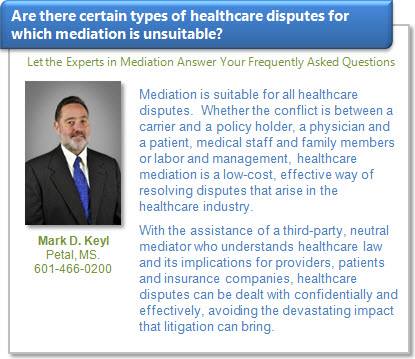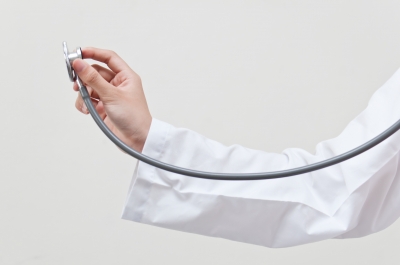
Image courtesy of Tanatat at FreeDigitalPhotos.net
For any mediator who has ever tried his or her hand at advanced photography, the connections between mediation and photography become strikingly obvious. In the same sense that a mediator uses concepts like framing and filtering to help clients reach a settlement, a photographer uses these exact concepts when taking and finishing photo to show a particular mood or tone.
According to its most general definition, the term ‘frame’ refers to the boundaries that are set and how the content within those boundaries is viewed. In photography, the photographer understands that framing a photo is one of the most important steps to distinguishing that photo from others—while one photographer might frame a scene from one angle or from a particular distance, another photographer could find a completely different angle and viewpoint that changes the entire mood and tone of the photo. While it’s the same scene, the outcome could be vastly different; in the world of photography, this difference has distinguished many photographers’ work.
Those who are familiar with the process of mediation can easily see the metaphorical connection between a photographer’s frame and the frame with which a mediator sets up a session. Approaching a dispute from one angle could lend an entirely different tone and outcome to the outcome of the session. This is why framing is so important from the onset and should be the first thing you focus on to set your work apart from that of other mediators. How can you frame this dispute in such a way that will decrease tension, reduce misunderstanding and promote compromise?
Likewise, in the general sense of the term, a filter can shift, diminish or accentuate a particular object or group of objects. In photography, a filter can completely change the mood and outcome of the photograph. A color filter can make a yellow-tinged object look blue, a diffusion filter can soften the lines of the objects within the photo, and a UV filter can reduce the haze of ultraviolet light.
In mediation, filters are the metaphorical lens through which your clients are viewing their situation and dispute. They will come to the mediation session with their own filters and it is up to you to recognize what those are and, if necessary, change them or remove them to help your clients see the situation more clearly. In many cases, this involves showing them the reality of the situation—for example, discussing what the likely outcome would be if the case were litigated. After their personal filters have been removed, expect the picture they see to be much clearer and closer to reality, leading to a much easier resolution process.
So the next time you enter a mediation session, think like a photographer and imagine the outcome you want for the final product. With that in mind, frame your approach and determine the filters that need to be added or removed to get there. This is the art of mediation.







